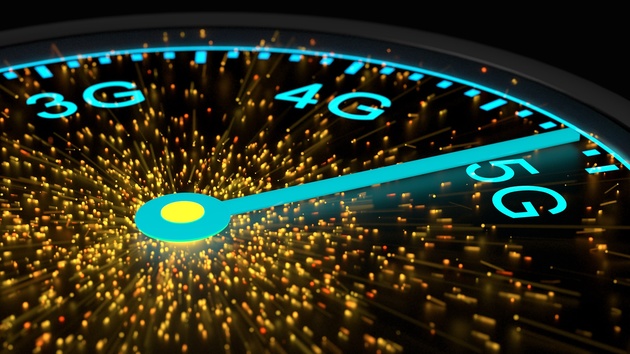5G and 4G: what's the difference?
Read on the website Vestnik Kavkaza
By 2021 there will be up to 438 million 5G connections. But beyond faster speeds and lower latency, what do we know about 5G technology, and how does it differ from 4G? Connectivity has evolved from providing access to the internet to powering complex infrastructures. Smart cities, for example, connect everything from smartphones, homes and cars to traffic and garbage collection systems using Internet of Things (IoT) technology, Thalesgroup writes in the article 5G AND 4G: WHAT’S THE DIFFERENCE?
However, with a growing number of devices and an explosion of data comes a need for new levels of network performance. Wireless technologies, from Bluetooth and WiFi to 3G and 4G, rely on performance trade-offs with the IoT devices on their networks. But with 5G reaching 10 gigabits per second – up to 100 times faster than 4G – 5G networks can deliver the level of performance needed for an increasingly connected society. Downloading a high-definition film over a 4G network, for example, takes 50 minutes on average – on 5G, it takes just nine.
Connectivity requirements vary based on what the network is being used for. Streaming a film on your smartphone and driving your connected car demand different levels of connectivity, that isn’t always available with 4G. The rollout of 5G can solve this, because ‘network slicing’ becomes much easier – when the network is split to tailor speed, capacity, coverage, encryption and security by reassigning resources from one ‘slice’ of the network to another ‘slice’ that needs it. Interestingly, just as each flat in a building has a specific key to let only authorized people enter, each slice will rely on a specific ‘slice SIM’, also known as the ‘sSIM’, which will be stored in your 5G SIM.
Better performance with 5G also means a lower latency rate (the delay between sending and receiving information). For 4G this is 200 milliseconds, not far off the 250 milliseconds it takes for humans to react to visual stimuli. The 5G latency rate is significantly lower: at just 1 millisecond.
Using 5G networks to send and receive information so quickly will help in the development of new services and devices, in particular connected cars and vehicle-to-vehicle information, virtual-reality gaming, remote surgical operations and translation software.
But with increased opportunity comes increased risk, so it’s crucial that the deployment of 5G comes with the correct level of security to enable trust. 5G will see the wider deployment of private mobile networks as well as increased network access on the part of third-party suppliers, all of which increase the number of opportunities for hackers. The EU is therefore calling for a dialogue between vendors, network operators and regulators on finding and implementing solutions that will mitigate these risks. Following the EU’s GDPR, which set itself as the reference for data protection worldwide back in 2018, the EU is preparing the ePrivacy Regulation (ePR). Where the GDPR aims at protecting personal data, the ePR focuses specifically on the privacy of individuals as it relates to electronic communications. This can be achieved, for example, by the pseudonymisation and encryption of of personal data. Again, the 5G SIM plays the role of protector of the user’s privacy.
So, as consumers look to the future, 5G will be about more than faster mobile internet as it delivers new levels of connectivity – and enhanced trust – across a wider ecosystem.